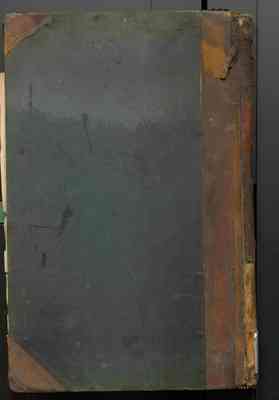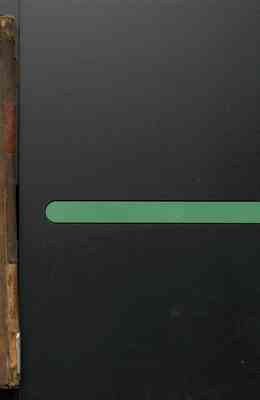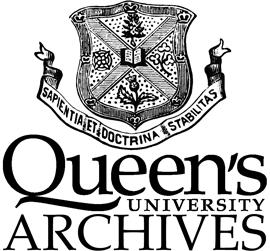Pages
page_0275
DIRECTIONS FOR TESTING MILK
The samples of milk to be tested by the Lactometer must be brought to an equal degree of temperature, as any variation of temperature will cause a difference in their specific gravity. The Lactometers which are graduated for milk at 80 [degrees] Farenheit are the most convenient for general use.
Whenever milk shows by the Lactometer a less specific gravity than pure milk, one of two things should be suspected:
[italics] First [/italics] - That the milk contains a greater amount of cream. This can be easily determined by comparing it with an equal quantity of pure milk, both being set in two equal Cream Gauges a sufficient length of time for the cream to rise. It can then be seen at once if the suspected milk contains as much cream as the pure milk.
[italics] Second [/italics] - If it should be found to contain less, the inference will be that the milk has been watered, and perhaps skimmed.
To ascertain how much water has been added, take a sample of milk known to be pure and composed of a mixture obtained from several cows, and put it in a Per cent Jar, filling the far up to the gauge mark ten; then fill another Per cent Jar to the same point with suspected milk, and the small jar with water to 0 or zero. Place all three jars side by side, so that they will be of the same temperature, and subjected to the same atmospheric influences until the cream has time to rise.
Note the percentage of cream on each sample of milk before removing it or disturbing it. After removing the cream from both samples of milk, insert the Lactometer in the suspected milk and note the point to which it sinks. Then place the Lactometer in the pure milk and pour in water from the small jar until the lactometer sinks to the same point at which it stood in the watered milk. By examining the jar of water and ascertaining the quantity taken from it and added to the pure milk, the percentage o water in the suspected milk can be determined.
[italics] Take notice [/italics] that the water jar, graduated from 0 to 100, holds only one-half the quantity of the large jars, so that two degrees of the small are equal to one degree of the large jar. This must be considered when calculating the percentage of water added. To prevent getting the large jars confused, one is marked M. and the other P. M.
In all tests of milk care should be taken to render them reliable, especially when affecting the reputation of the party supplying it.





